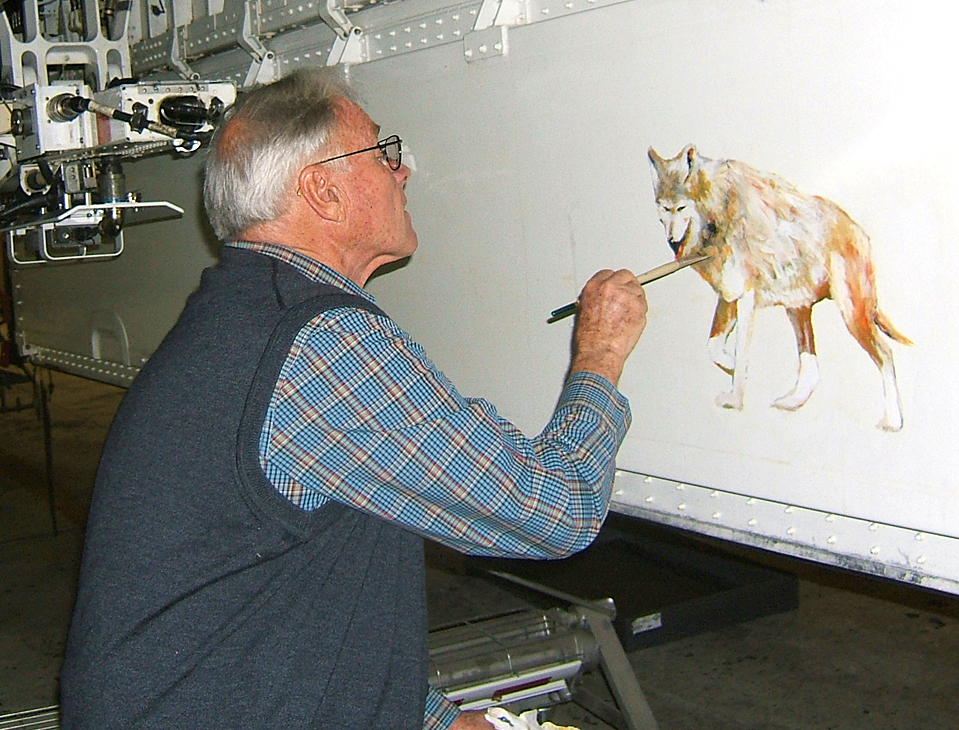On Tuesday, February 20th, visitors to the museum will have the opportunity to see the magical photos of dwarf planet Ceres and asteroid Vesta, the two largest bodies in the asteroid belt. The museum is also lucky to have John Jennings to present: NASA Solar System Ambassador, multiple time presenter at Evergreen, and holder of 3 different patents on rocket technology.
The Purpose of the Mission
The Dawn mission launched in September 2007 with the goal of discovering new information on how the solar system formed and evolved. Vesta and Ceres remained untouched since the epoch of planet formation, therefore making them perfect subjects of study for the mission. Discovered in 1801, Ceres is the first asteroid ever discovered, and Vesta is the fourth, discovered in 1807. The asteroid belt in which Ceres and Vesta are a part of is the rocky region between Mars and Jupiter.
Findings of Vesta
Dawn was a wildly successful mission. It captured data using instruments that studied the geology, shape, and tectonic history of Vesta and Ceres, in total producing over 100,000 images. Dawn revealed that Vesta is multi-layered and therefore more similar to terrestrial planets than a typical asteroid. It also showed that Vesta has a crater of more than 300 miles in diameter, with a mountain more than twice the height of Everest in the middle, and a network of over 90 chasms, some with dimensions equal to that of the Grand Canyon.
Findings of Ceres
Dawn confirms beliefs that Ceres contains a rocky core and water ice crust. It also reveals the presence of Ahuna Mons, a two and a half mile high mountain with a domed shape that suggests its formation is the result of cryovolcano activity (when muddy ice escaped Ceres’ core and froze on the surface). Dawn also reveals the presence of salt deposits and carbonates on Ceres’ surface. Carbonates generally form in warm liquid and are found in meteorites believed to come from asteroids formed with a large amount of water. The detection of carbonates on the surface of Ceres’ supports the belief that a large ocean existed on Ceres’ in its early history.
Dawn’s Historic Achievement
Dawn entered orbit around Vesta on July 15, 2011 and stayed in orbit for 14 months. It took Dawn two and a half years to travel to Ceres, having finally arrived in March 2015. The ion-propulsion system used by the spacecraft allowed it to orbit two different solar system bodies, which is an achievement only completed by this vessel. Dawn orbited Ceres until it ran out of Hydrazine fuel on November 18. This was the end of NASA’s mission to the asteroid belt.
Dawn’s findings have influenced the understanding of how the solar system was formed.
Photos from Dawn, NASA’s mission to the asteroid belt, will be on display in the Galaxy Theatre at 2pm, on Tuesday February 20th. The event is included with the cost of admission. We look forward to seeing you there!
Get your Museum tickets HERE!
DETAILS
Location: Space Museum Galaxy Theater
Date: Tuesday, February 20
Time: 2:00 pm
Cost: Included with Admission



